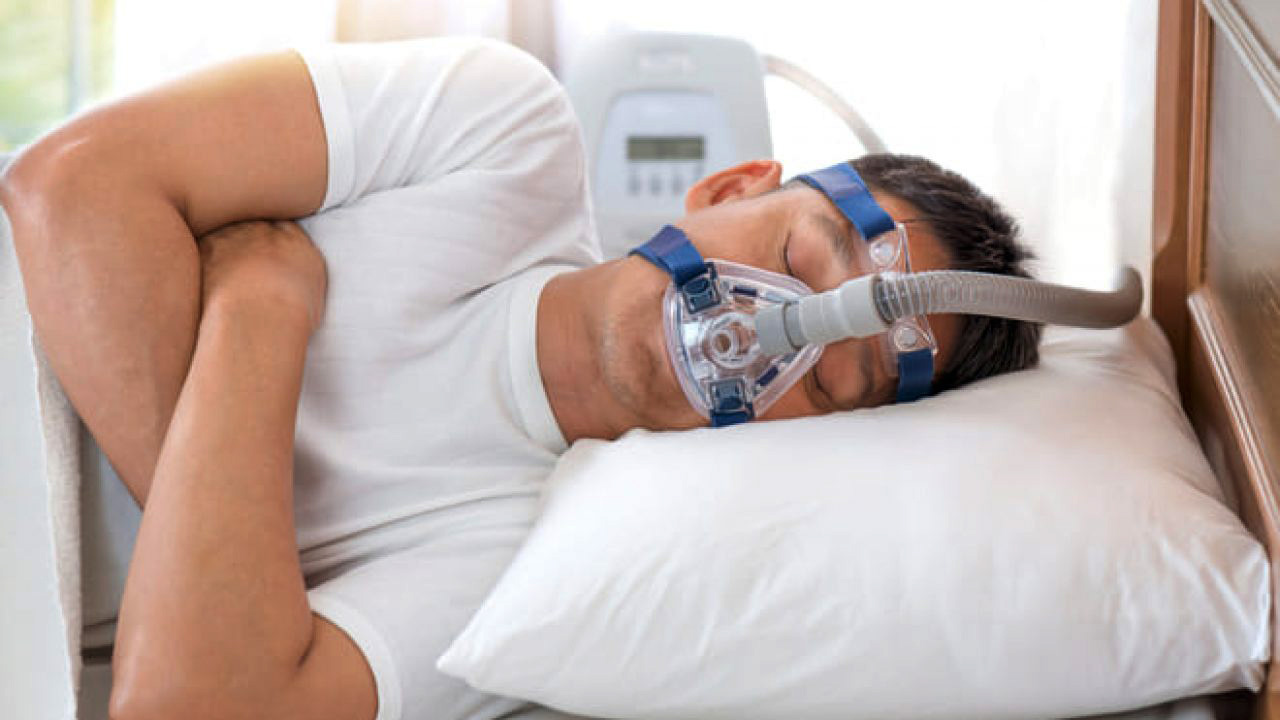Pulmonary thromboembolism (PTE) is the occlusion of part of the venous system of the lungs due to an embolus or thrombus coming from another part of the body, and in 95% of cases it is due to a venous thrombosis originated in the legs. An embolus or thrombus of the venous circulation reaches the right cavities of the heart and this pushes it towards the lungs with the rest of the venous blood. If the thrombus is small, nothing happens (and it is not uncommon for this to happen with some frequency), but if it is large, the rest of the mechanisms are triggered. Part of the lung stops receiving venous blood to oxygenate it, since the veins are occluded. These areas collapse and air cannot pass to them. The heart still sends the same amount of blood, but it does so through fewer veins than before, so it is forced to make more effort and spend more energy. In addition, there is more blood for less lung space, so not all the blood that passes can be oxygenated correctly. The affected area begins to swell. Fluid begins to accumulate that hinders the expansion of the lungs, and at the same time nerve receptors that stimulate breathing are irritated, causing the person with PE to breathe at a high frequency and deeply.
There are several factors that predispose to pulmonary thromboembolism:
- Fractures of lower extremities (femur, hip, tibia, etc).
- Undergo surgery (especially during the days after it).
- Pregnancy (because it creates a hypercoagulable state of the blood).
- Childbirth (especially the following days).
- Prolonged bed rest.
- Chronic venous insufficiency.
- Obesity.
- Cancer (especially a subtype of lung cancer, adenocarcinoma).
- Contraceptive use.
- Congenital hypercoagulability (factor V Leiden, protein deficiency C or S, and phospholipid antibodies).
 There are several tests that can detect a thromboembolism: chest X-ray, arterial blood gas, D-dimer analysis, ventilation / perfusion scan, contrast CT angiography, pulmonary angiography, venous ultrasound of the legs, echocardiography.
There are several tests that can detect a thromboembolism: chest X-ray, arterial blood gas, D-dimer analysis, ventilation / perfusion scan, contrast CT angiography, pulmonary angiography, venous ultrasound of the legs, echocardiography.
Pulmonary thromboembolism can be prevented:
- Perform frequent physical exercise: it mobilizes venous blood from the legs and avoids risk factors such as obesity.
- Do not smoke and do not take contraceptives without a prescription.
- Prevent thrombosis in situations of risk with anticoagulant treatment (surgery, traumatisms, childbirth, prolonged immobilization).
Always take care of your health with a unique and efficient service. Visit Pharmamedic.






